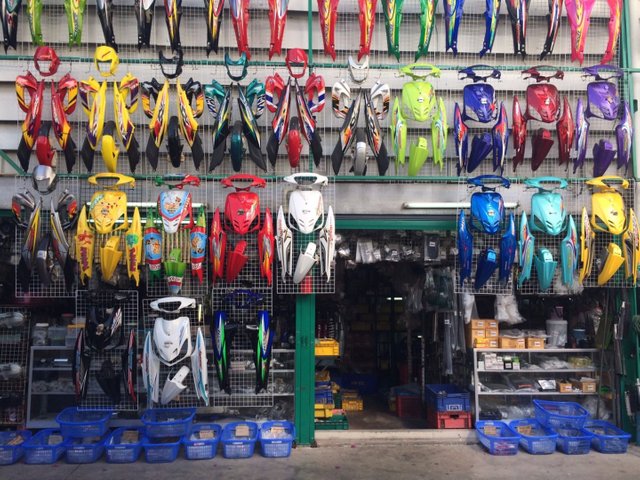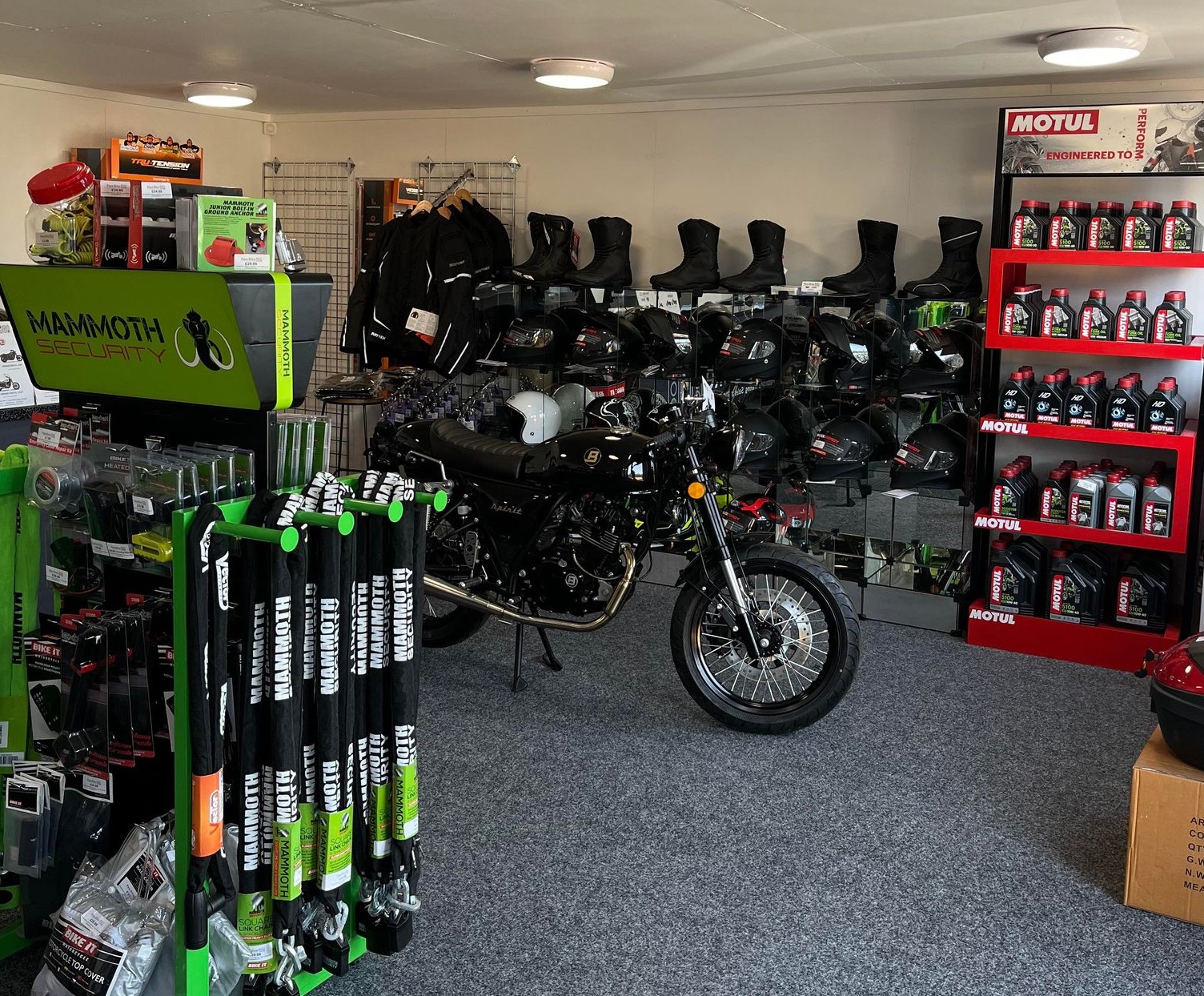Crucial Motorcycle Parts NZ for Peak Performance and Safety And Security
Crucial Motorcycle Parts NZ for Peak Performance and Safety And Security
Blog Article
Understanding the Crucial Parts of a Bike: A Comprehensive Guide for Lovers
For motorcycle lovers looking to raise their riding experience and ensure their bikes run smoothly, comprehending the necessary parts of a bike is extremely important. Each component, from the engine's intricate workings to the essential duty of the stopping systems, not only impacts performance however also safety and security and comfort.
Engine Parts

The camshaft plays an important role in regulating the timing of the engine's valves, ensuring the accurate opening and closing required for reliable fuel and air intake, in addition to exhaust expulsion. This timing is essential to preserving ideal engine performance and performance. Furthermore, the carburetor or gas injection system, relying on the bike model, is liable for mixing air with gas in the proper proportion for combustion.
The cooling system, either air or liquid-based, works to maintain the engine's temperature level within operational limitations, avoiding getting too hot and making sure longevity - motorcycle shop. Each part, diligently developed and integrated, adds to the seamless operation of the engine, defining the bike's power result and general performance
Transmission System
Integral to the motorbike's performance, the transmission system guarantees reliable power transfer from the engine to the wheels. This system comprises several crucial components, consisting of the clutch, transmission, and last drive, each playing a crucial role in equating the engine's power into motion. The clutch, generally operated by a hand lever, offers to engage and disengage the engine from the transmission, allowing for smooth gear modifications and regulated velocity.
The transmission, frequently referred to as the transmission correct, includes a set of equipments that cyclists can by hand move via to adjust the bike's speed and torque outcome. These gears are set up in a series that makes it possible for the motorbike to increase smoothly and keep optimum engine performance throughout numerous speeds. A lot of motorcycles use a sequential gearbox, calling for the motorcyclist to move gears in a predetermined order.
Braking Mechanisms
While understanding the transmission system is vital to utilizing a motorcycle's power, similarly important is the capability to regulate and stop that power properly, which is where stopping devices come into play. Brakes are crucial for safety and security and performance, supplying the cyclist with the needed control to navigate different terrains and problems. Normally, bikes include two sorts of braking systems: disc brakes and drum brakes.
Disc brakes are much more widespread in modern motorcycles due to their superior performance. They are composed of a brake disc, caliper, and pads. When turned on, the caliper squeezes the brake pads against the spinning disc, transforming kinetic energy right into warmth, consequently slowing down the wheel. This system uses far better warmth dissipation, constant performance, and improved stopping power, particularly in damp conditions.
Alternatively, drum brakes, though much less common, are still found in some bikes. They best helmet bluetooth headset work by pressing brake footwear against the internal surface area of a drum affixed to the wheel. While generally less reliable in warmth dissipation and stopping power, drum brakes are easier and extra cost-effective.
Understanding these braking systems' nuances enables cyclists to maintain their motorbikes appropriately and value the engineering that makes certain reliable and risk-free quiting.
Suspension and Guiding
Suspension and guiding systems are crucial parts his response that substantially affect a motorcycle's handling and trip convenience. The shock absorber, including forks at the front and shock absorbers at the rear, soaks up road irregularities, enhancing security and control. Front forks, typically telescopic or inverted, compress and rebound to alleviate effects, while rear shock absorbers preserve tire contact with the road, essential for grip and safety and security.
Steering, focused around the handlebars, connects the biker to the motorbike's directional control. The guiding head bearings make certain smooth operation, allowing specific ability to move. Appropriate positioning and maintenance of these bearings are crucial for predictable guiding action and reducing biker fatigue.
The suspension's adjustability is an additional crucial facet; preload, damping, and rebound settings enable customization to match different riding problems and styles. This versatility is important for maximizing performance, whether navigating metropolitan roads or taking on sturdy tracks. Innovations like electronic suspension systems provide real-time adjustments, improving experience quality across diverse my site terrains.

Electrical Equipments
After ensuring a regulated and smooth ride through efficient suspension and guiding systems, focus turns to the electrical systems, a pivotal element of contemporary bikes. These systems play an essential role not only in beginning the engine but likewise in powering different elements that enhance the performance and safety and security of the motorcycle.
At the heart of a bike's electric system is the battery, which stores electrical power essential for beginning the engine and powering auxiliary systems - motocross parts nz. The alternator or generator, paired with the rectifier-regulator, makes certain the battery continues to be billed while the bike is in operation, converting power right into electric energy and keeping voltage degrees
The ignition system, an additional vital element, is in charge of igniting the air-fuel blend in the engine's cyndrical tubes. Modern motorcycles usually make use of an electronic ignition system, using higher effectiveness and integrity contrasted to traditional systems.
Lights systems, including headlights, tail lights, and indications, are also essential, guaranteeing visibility and security for the biker. Extra electronic elements such as sensors, control units, and presents add to sophisticated functions like gas shot management, anti-lock stopping systems (ABDOMINAL), and electronic control panels, further boosting the riding experience.
Final Thought
A comprehensive comprehension of a motorcycle's vital elements, consisting of the engine, transmission system, braking mechanisms, suspension, guiding, and electric systems, is important for enthusiasts intending to maximize comfort, performance, and safety. Mastery of these components enables informed choices relating to upkeep and upgrades, inevitably enhancing the riding experience. By incorporating this expertise, bikers can ensure their bikes operate at peak performance and reliability, thereby making best use of both pleasure and longevity of their cars.
For bike lovers looking to boost their riding experience and guarantee their bikes run efficiently, recognizing the essential components of a bike is extremely important.Important to the bike's functionality, the transmission system ensures effective power transfer from the engine to the wheels.While understanding the transmission system is crucial to taking advantage of a motorcycle's power, just as vital is the capability to regulate and quit that power properly, which is where braking systems come into play. Generally, motorbikes feature two types of stopping systems: disc brakes and drum brakes.
A complete comprehension of a motorbike's crucial parts, consisting of the engine, transmission system, stopping devices, suspension, guiding, and electrical systems, is vital for enthusiasts intending to maximize safety, performance, and comfort.
Report this page